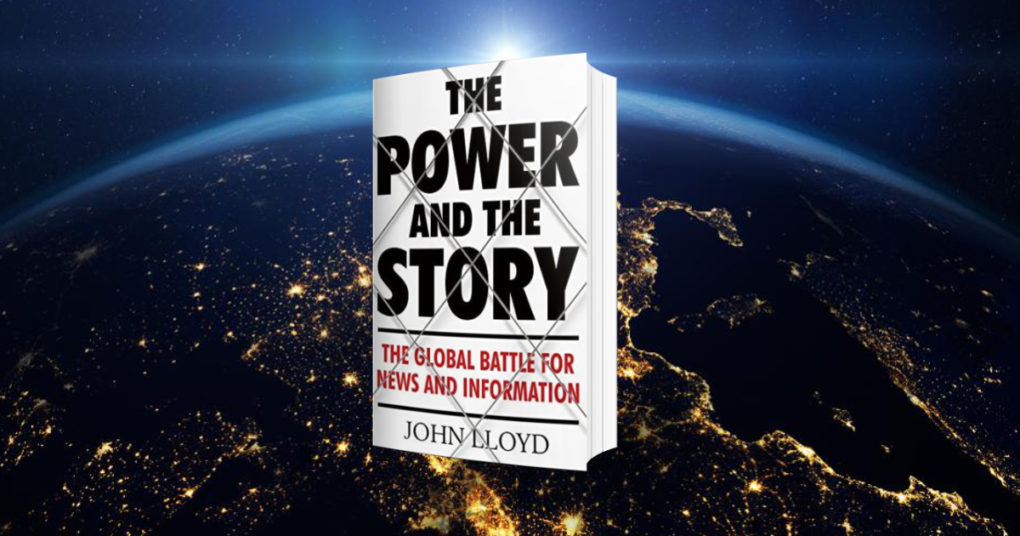The Power and the Story: the Global Battle for News and Information
John Lloyd
Atlantic Books
2017
456 pages
ISBN: 9781782393597
I have often been critical of individual journalists’ bias and that of media organisations such as RTE, the Irish Times and others, but although there may be bias in opinion and editorial stance, we can reasonably assume that their reporting on events is factual. In other words when we read a report on an event or see it on our screens, we have reasonable confidence that events described took place. In that sense we are among the lucky ones.
The Power and the Story is a comprehensive global survey of the state of journalism in many parts of the world, and paints a frightening picture. As the war in Ukraine shows no sign of resolution, this book, though written five years ago, provides a detailed account of how Vladimir Putin gained almost total control of the Russian media, so that the Russian people believe he is protecting them from the West and attempting to bring Ukraine back into the fold, even fighting a holy war.
By now, Putin has been in power for close on a quarter of a century and it is easy to forget how he rose from relatively obscure beginnings. When the Berlin Wall fell in the Autumn of 1989 he was a young KGB officer serving in East Germany and returned to Moscow full of bitterness at how the Soviet Union had lost its position in Europe which he was determined to restore. Over the next decades he set about achieving the conditions to enable him to achieve this, and nothing was more important than achieving control of the information flow in that vast country.
[He] had in a few short years rocketed up through the Russian administrative system from middle ranking – lieutenant colonel – KGB officer, through deputy mayor of St Petersburg, to high posts in the presidential administration in Moscow, to head of the FSB security service, to deputy prime minister, to become in the autumn of 1999, prime minister (the fifth in eighteen months), then acting president at the end of the year when Yeltsin resigned, then president.
Chapter Three of the book gives a chilling account of how Putin set about this task and this extended into using democracy in other countries (for which he and his allies in China have utter contempt) to influence and manipulate public opinion and even election results in other countries.
While Lloyd deals with the difficulties of journalists in several countries, e.g. China, Egypt, South Africa, Ethiopia, India and Mexico, he also describes the difficulties facing traditional media in the internet age where so many rely on Facebook and Twitter for their news. Donald Trump’s presidency was only in its infancy when this book was published but his war on the media gets a mention and some of his many inconsistencies are highlighted.
There is also a chapter on the British tabloids and their not so benign influence on the state of journalism. Reading it, one is taken back to the scandals of a decade and a half ago which led inter alia to the demise of the News of the World.
As the book points out, much of the world is governed by (mostly) men whose view is that the news their people should read or watch should be rigorously controlled. The situation described by Lloyd is arguably worse now than in 2017. He has done an excellent job highlighting some of the worst excesses of totalitarian regimes and their almost total control of media in their countries.
About the Author: Pat Hanratty
Pat Hanratty taught Science/Chemistry in Tallaght Community School from its inception in 1972 until he retired in 2010. He was the school’s first Transition Year Co-ordinator and for four years he had the role of home School Community Liaison Officer.

